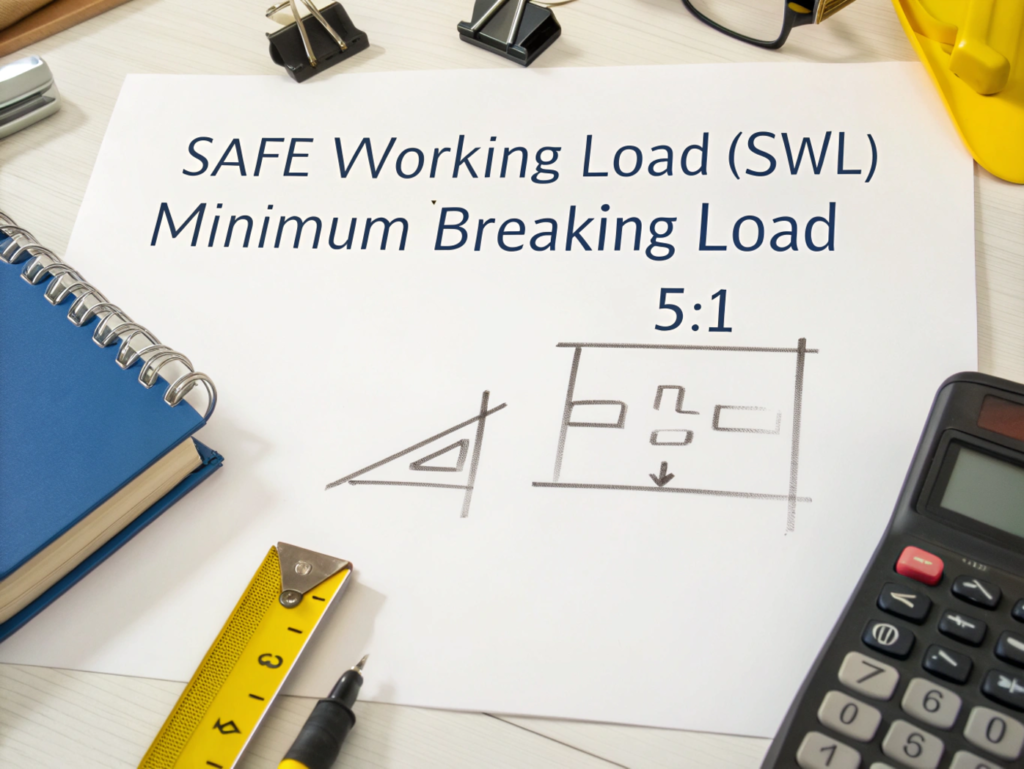Every time I design a lift plan or review on-site rigging, I start with one number: SWL.
The Safe Working Load (SWL) is calculated by dividing the Minimum Breaking Load (MBL) by a safety factor, usually 5:1 for standard applications.
On a recent job site, using a mismatched chain almost caused a serious delay—we fixed it just by checking the SWL chart in the spec sheet.
[Table of contents]
- How do you calculate the safe working load of chains?
- What is the SWL formula for wire ropes?
- What safety factor should you use for chains and ropes?
- How do angle and configuration affect lifting capacity?
- What’s the difference between WLL and SWL for lifting chains?
- How can you use SWL charts effectively on site?
- Conclusion
How do you calculate the safe working load of chains?
Calculating chain capacity is step one in any lift design.
Divide the chain’s breaking strength by the safety factor—commonly 5—to get the SWL.

Dive Deeper
We typically get the MBL (Minimum Breaking Load) from manufacturer specs. For example, if a chain has a breaking strength of 10,000 lbs:
SWL = 10,000 lbs ÷ 5 = 2,000 lbs
But don’t stop there—if the chain is used at an angle or in a multi-leg sling, the actual load-bearing capacity drops.
What is the SWL formula for wire ropes?
Opening paragraph for h2:
Wire rope strength depends on diameter, material, and construction.
A general formula is: SWL = D² × 8, where D is the diameter in millimeters.
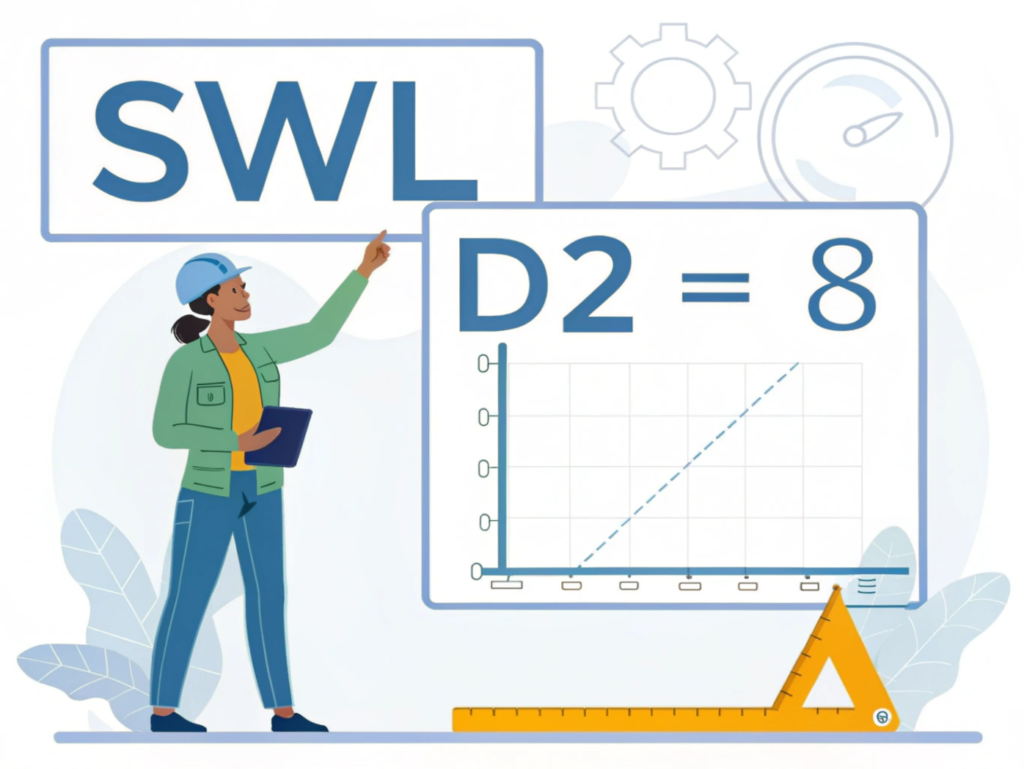
Dive Deeper
This formula applies mostly to synthetic and fiber ropes. Steel ropes require more precision. For example:
| Rope Type | Diameter (mm) | Formula | SWL (kg) |
|---|---|---|---|
| Fiber | 10 | 10² × 8 | 800 |
| Wire Rope | 13 | Depends on construction | ~1300–2000 |
For steel wire rope, consult ISO standards or manufacturer charts. Strength can also be affected by terminations, bends, and temperature.
What safety factor should you use for chains and ropes?
If you don’t apply the correct safety factor, every SWL calculation becomes invalid.
Standard safety factor is 5:1, but this varies depending on use case and regulations.
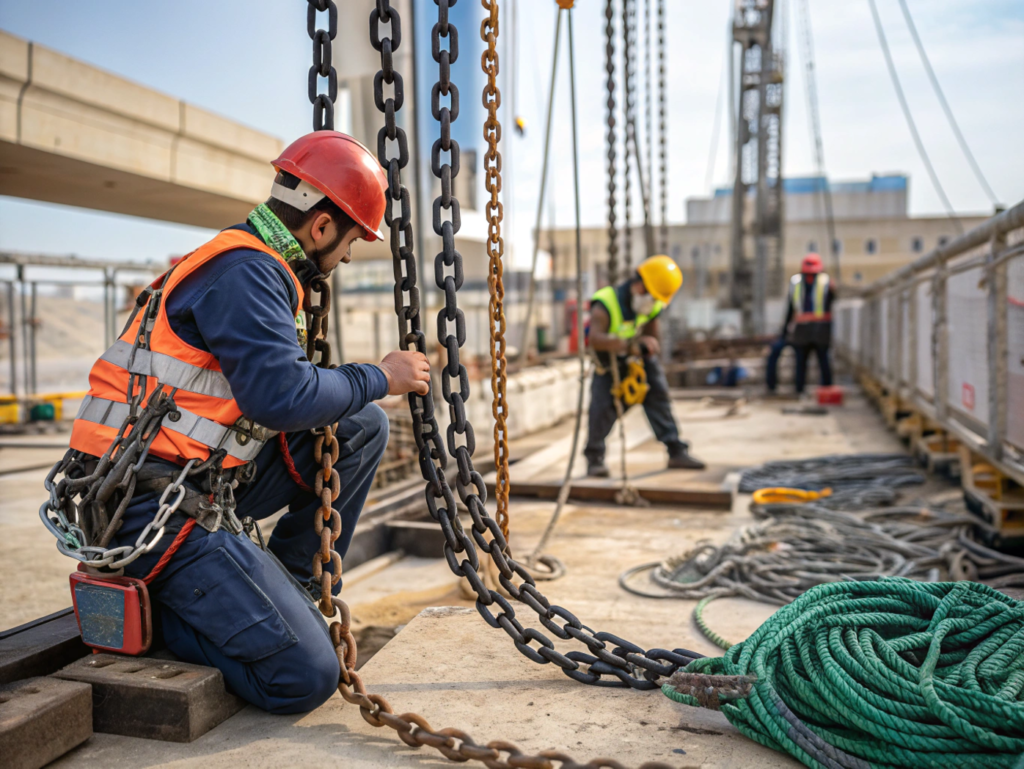
Dive Deeper
| Application Type | Recommended Safety Factor |
|---|---|
| General lifting operations | 5:1 |
| Lifting personnel | 10:1 |
| Offshore/military environments | 6:1 or higher |
Always refer to project specs or local safety codes. I’ve had clients fail inspections because they applied the wrong factor.
How do angle and configuration affect lifting capacity?
Even with the right SWL, lift angle changes everything.
As the angle decreases, effective load on each sling leg increases significantly.
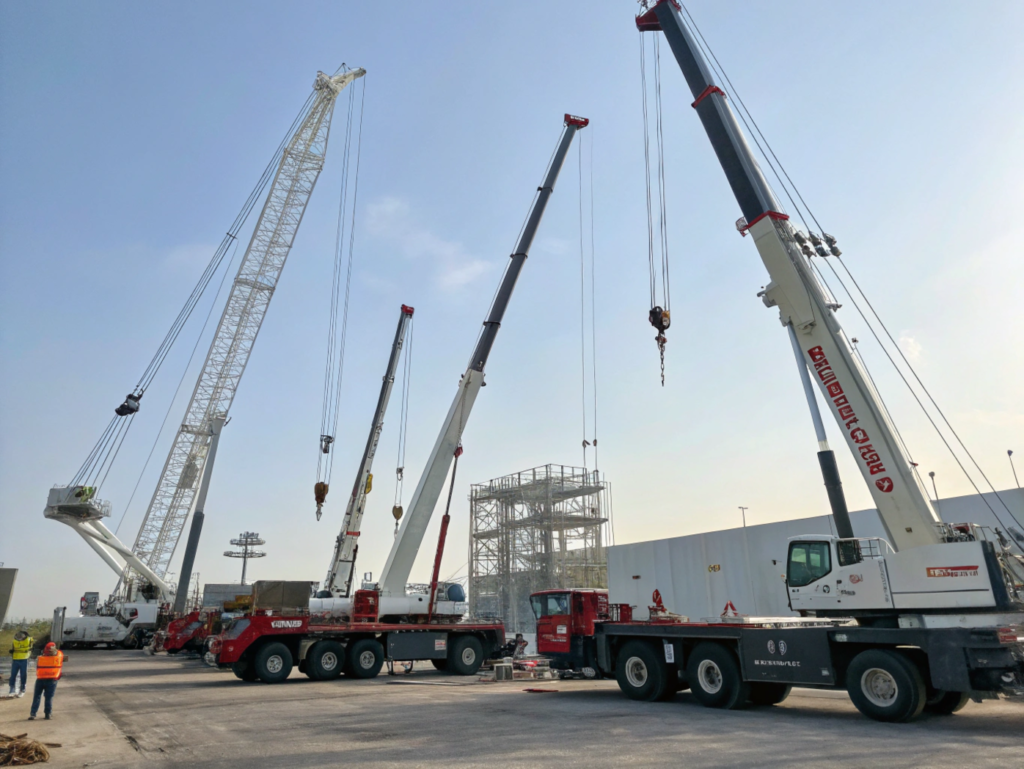
Dive Deeper
Use the cosine law to calculate the effective load:
Adjusted Load = SWL ÷ cos(Angle)
| Sling Angle | Cos(Angle) | Load Multiplier |
|---|---|---|
| 90° | 1.00 | 1.00 |
| 60° | 0.87 | 1.15 |
| 45° | 0.71 | 1.41 |
| 30° | 0.50 | 2.00 |
A 30° sling angle doubles the stress on the chain—this is a frequent failure point on job sites.
What’s the difference between WLL and SWL for lifting chains?
Sometimes WLL and SWL are used interchangeably—but they shouldn’t be.
WLL is defined by the manufacturer, while SWL may vary by local standards or field certification.
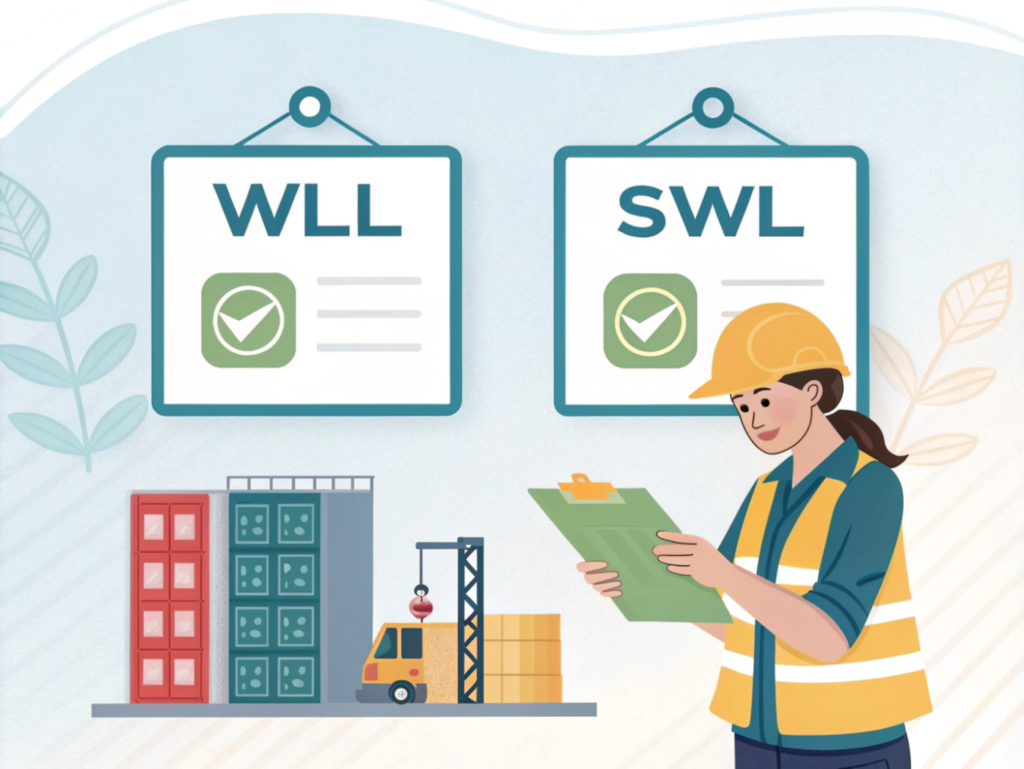
Dive Deeper
- WLL (Working Load Limit): Set by manufacturer, includes design factor.
- SWL (Safe Working Load): Often derived on site using safety codes, older term but still used in many regions.
Some international codes, like EN or ISO, prefer WLL. On the other hand, ASME still references SWL in inspection and rigging plans.
How can you use SWL charts effectively on site?
Even if you know the math, SWL charts save time and reduce mistakes.
SWL charts give quick references based on chain size, sling leg count, and angle.

Dive Deeper
| Chain Size (mm) | Single Vertical (t) | 2-Leg at 60° (t) | 4-Leg at 60° (t) |
|---|---|---|---|
| 8 | 1.5 | 2.1 | 3.2 |
| 10 | 2.5 | 3.5 | 5.3 |
| 13 | 4.5 | 6.3 | 9.4 |
Make sure every rigger on-site has access to these charts. Laminated sheets or digital copies on tablets work best.
Conclusion
Always calculate SWL before you lift—numbers don’t lie.

